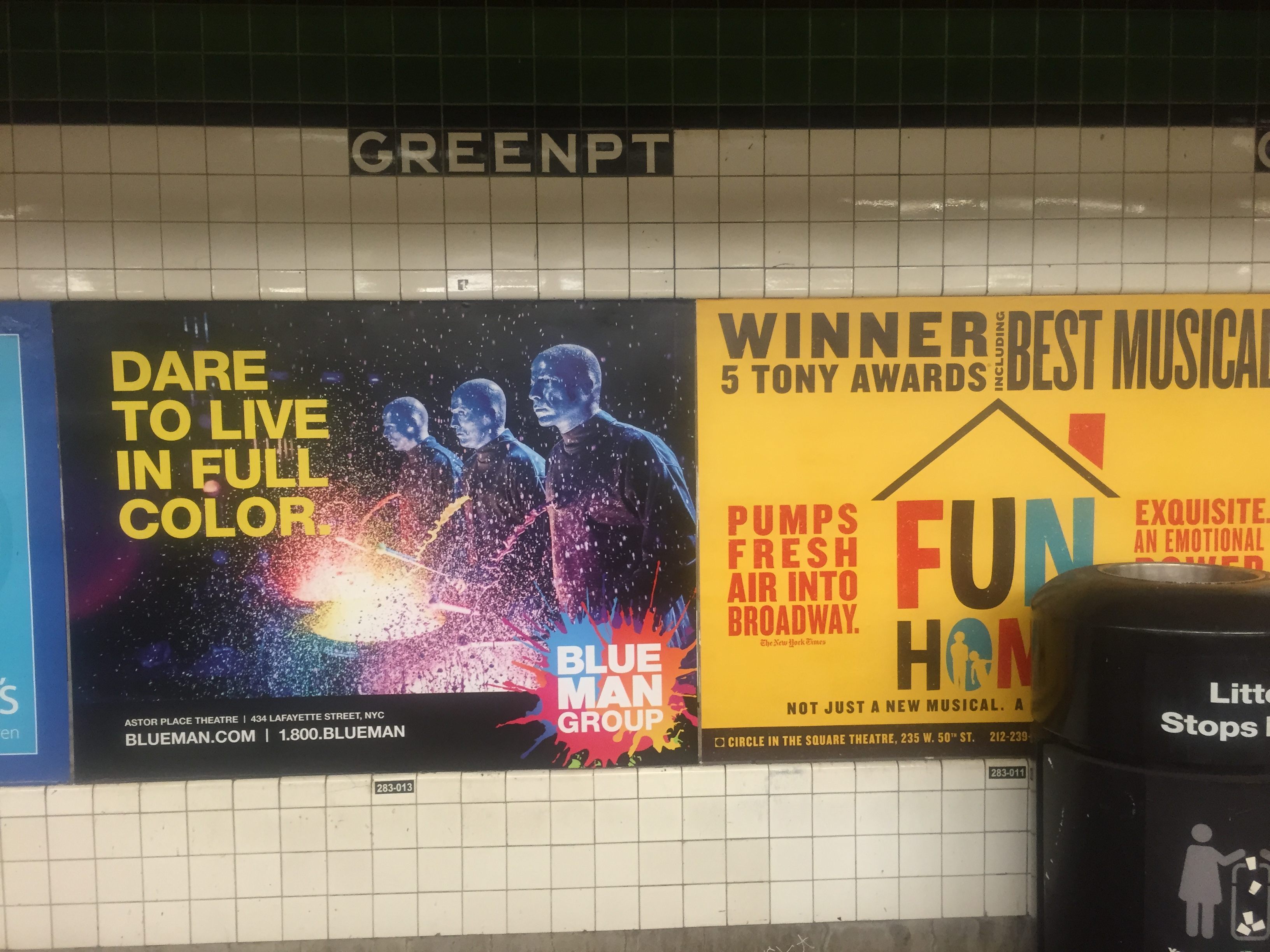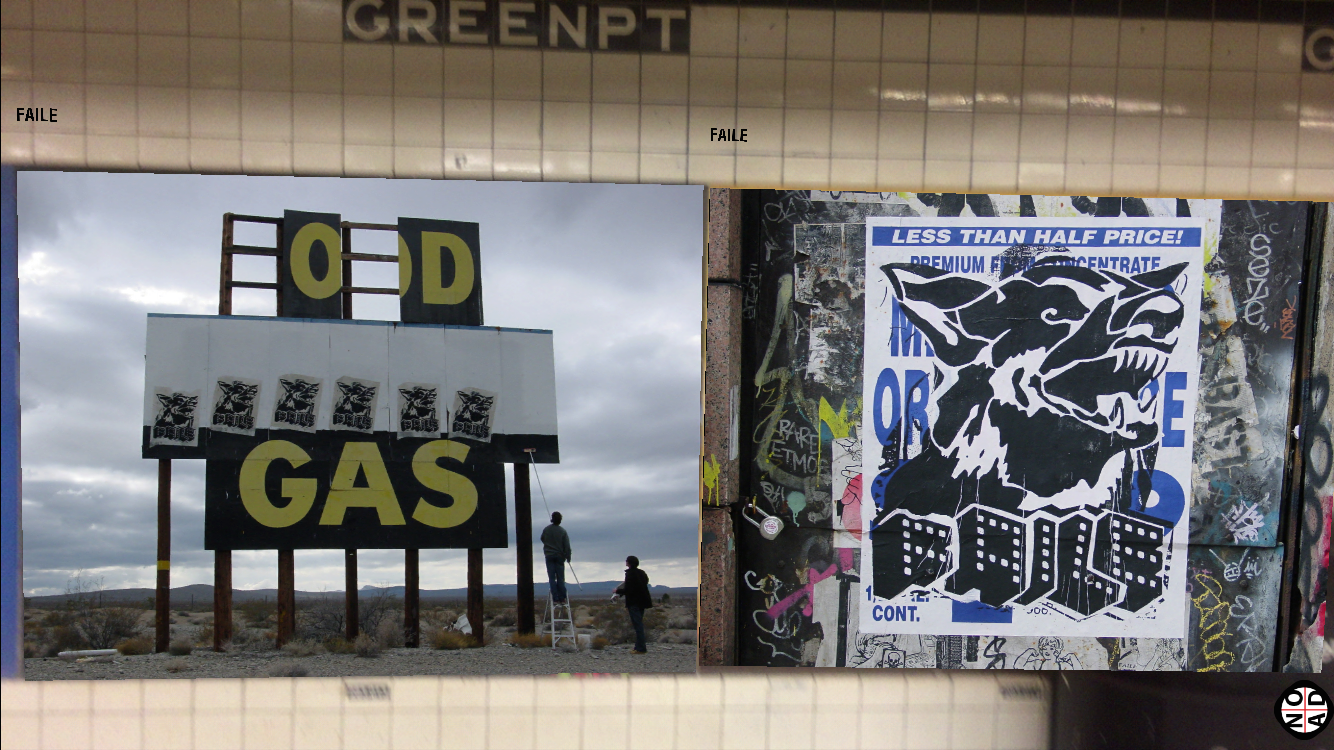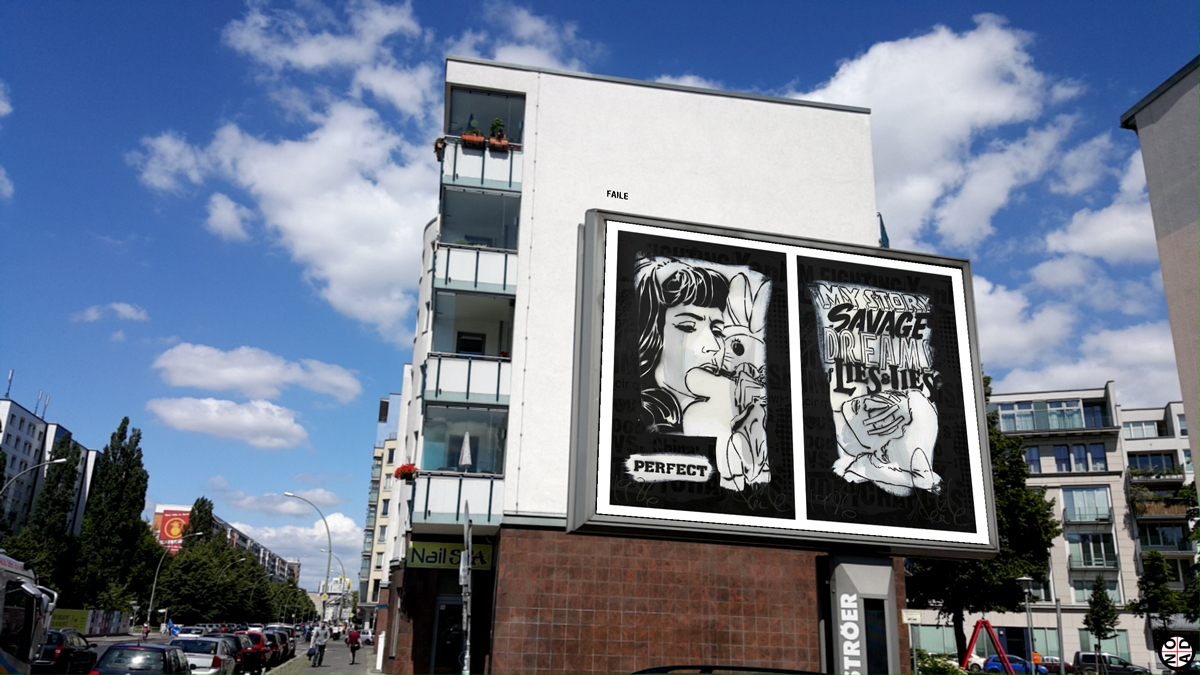The Phone App That Transforms Subway Ads into Art
 This is how beautiful your commute could be, through No Ad. (Image provided by PublicAdCampaign featuring the work of Soren Solkaer)
This is how beautiful your commute could be, through No Ad. (Image provided by PublicAdCampaign featuring the work of Soren Solkaer)
Bulbous yellow Minions. Protein World urgently asking if you’re “beach body ready.” Promises to make money as a dental technician—all of these advertisements are repetitive parts of one’s daily subway commute.
New Yorkers facing such woes can now transform their subway surroundings with No Ad, a free phone app that’s one of the first publicly available “mobile art galleries” specifically designed for use in the city’s vast train network.
No Ad works by recognizing the patterns on the advertisements, then comparing each ad to a database of all of the current subway ads at any given time—no internet access required. Point your phone at your most reviled subway advertisement (be gone with you, fake online college attendees), then watch on your phone screen as the ad transforms into a beautiful piece of public art.

Regular subway ads… (Image: Jeremy Berke)
Turning the entire New York subway system into a pop-up gallery is no small task. To come up with the hundreds of images necessary to replace each ad with art, No Ad is curated by a revolving door of artists and institutions up to the task. “Exhibitions” change on a monthly, or bimonthly, basis. The app currently works only on the two-panel ads that appear on the walls of New York’s subway platforms, but there’s a plan to expand to the smaller ads posted inside the trains, too.
An early example of using augmented reality technology in public art, No Ad is a nod to the future in which everyone is walking around in their own headspace, seeing only what they want to see. “That is something that collectively as a society we’ll have to deal with once wearables become mainstream,” says Jordan Seiler, one of the founding partners of No Ad.

…are transformed into works of art before your eyes. On exhibition this month are pieces from the Brooklyn-based artist collective FAILE (Image: Jeremy Berke)
While No Ad is, according to Seiler, “just one example of how augmentation can be used in the public space,” it’s decidedly not a money-making enterprise.
“In a large part, it’s an art project,” says Seiler. “We’d eventually like the city to embrace it as a tool for commuters and tourists to experience the vibrant culture of the city that’s above ground, while they are traveling underground.”
No Ad rethinks the concept of space from a digital perspective. The app operates much like an art gallery does—but instead of a big room with whitewashed walls available for rent, No Ad uses the existing infrastructure of subway advertisements and imposes its own digital gallery on top of it.

No Ad at work. (Image provided by PublicAdCampaign featuring the work provided by ICP teachers)
When asked if the app had received any negative feedback from advertisers, Seiler says, “We’re definitely not their best friends. There will be attempts to render this technology useless to the average individual who wants to curate their own world, as opposed to the larger corporations controlling what you can and can’t see.”
Seiler continues: “We wanted to get into this [augmented reality] space early, before our only options are the Coca-Cola, or McDonald’s channels.”
Beyond espousing a pro-art, anti-corporate agenda, No Ad is just plain fun to use. Whereas before, your only options for in-commute entertainment were fiddling around on your phone, or staring at the colorful characters riding along with you, “there’s something really nice about this, a kind of gallery space sitting in your pocket,” says Seiler. “It’s kind of like walking into a physical gallery, and not knowing what the artist is showing. The serendipity of discovery is important.”

No Ad has plans to roll out to Berlin in September, including billboards. (Image provided by PublicAdCampaign featuring the work provided by ICP teachers)























Follow us on Twitter to get the latest on the world's hidden wonders.
Like us on Facebook to get the latest on the world's hidden wonders.
Follow us on Twitter Like us on Facebook